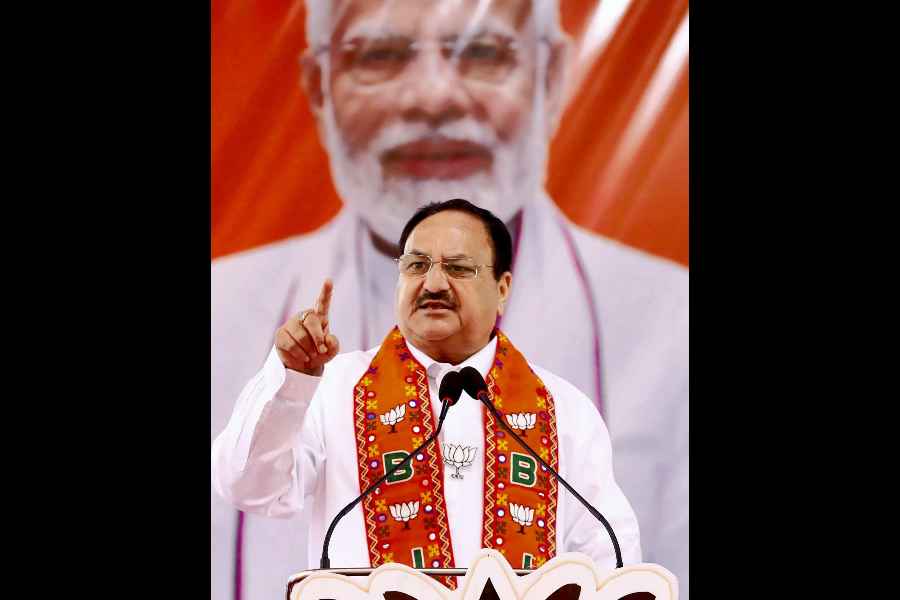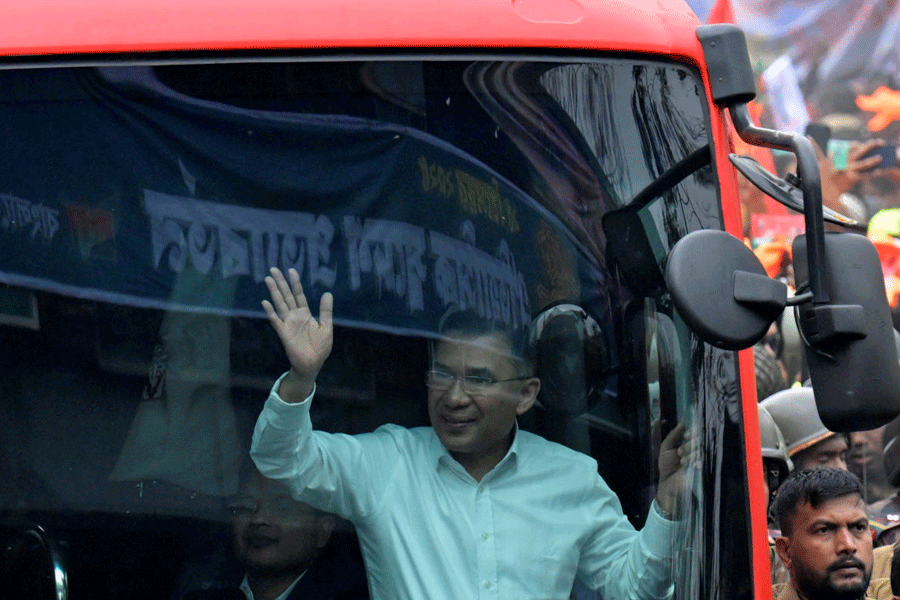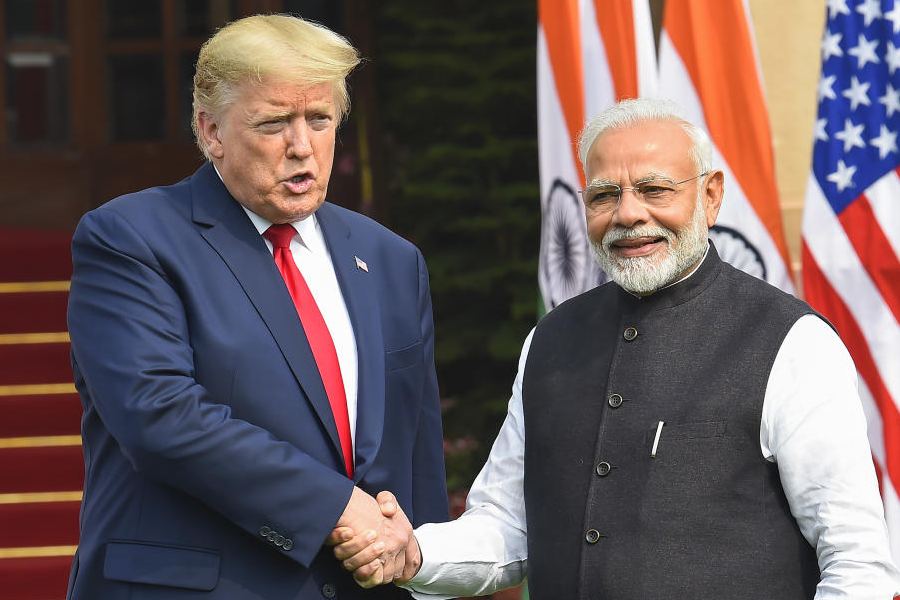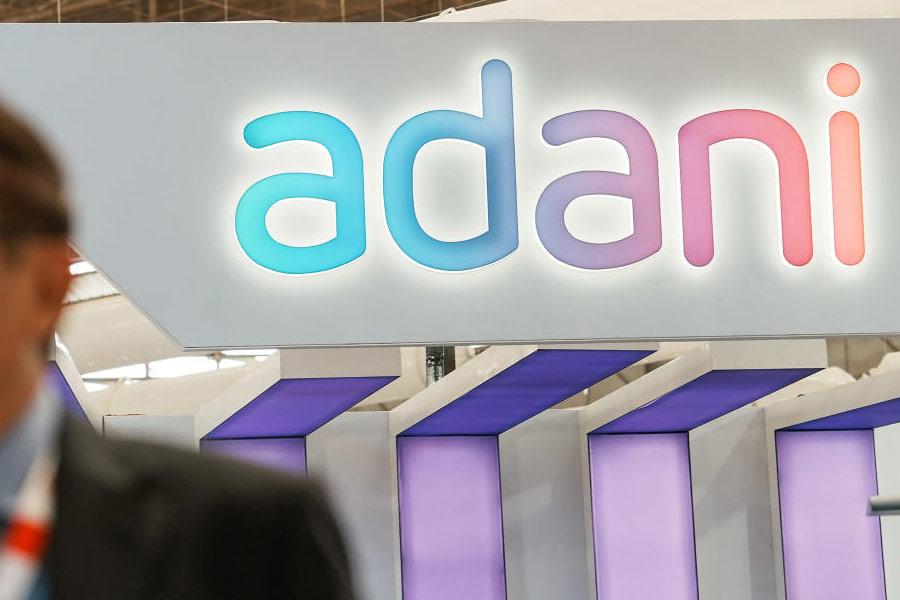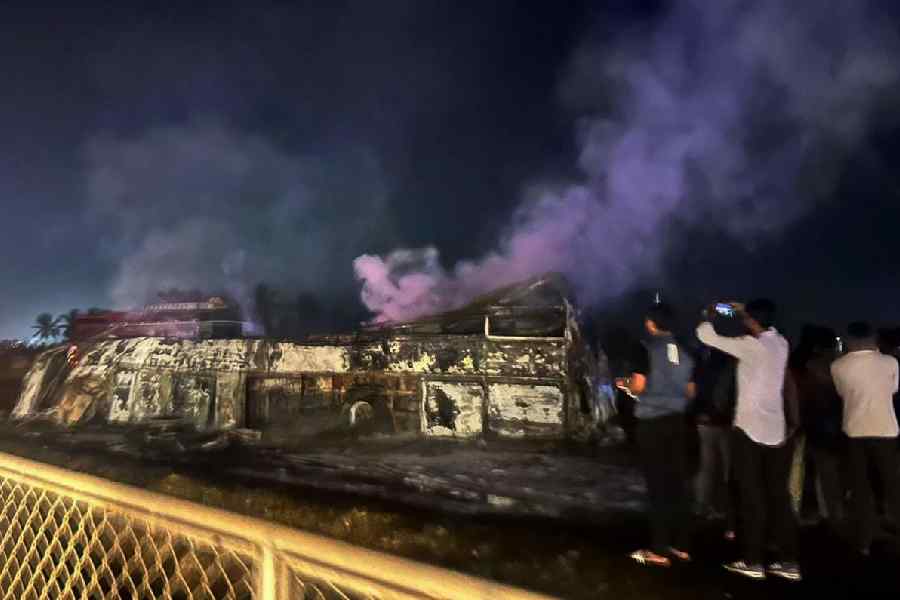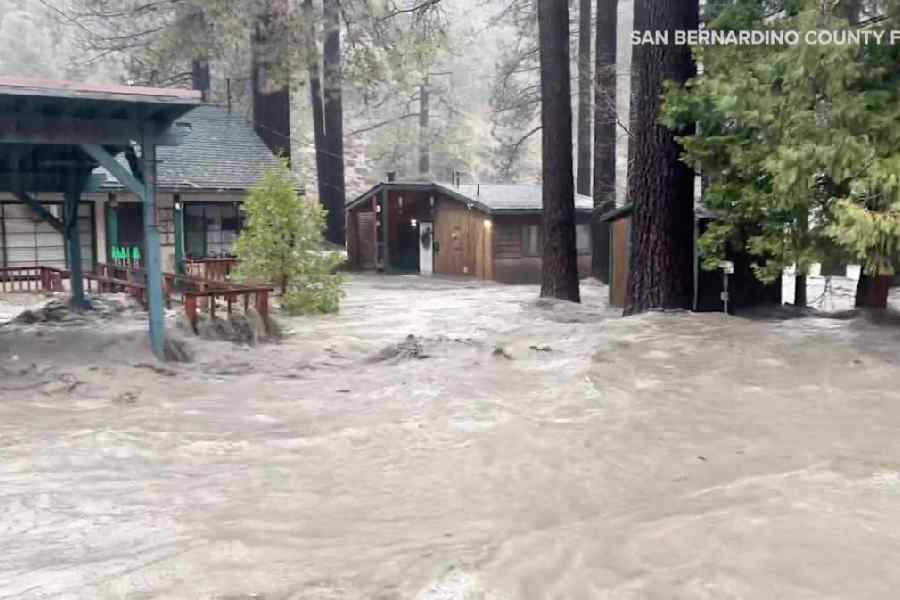|
|
Tabla star Zakir Hussain played a tabla solo at Kala Mandir on February 24. The occasion was the 75th birthday celebrations of tabla player Sankha Chatterjee. He started around 7.31pm and ended at about 9.02pm. Therefore, paying listeners got their money’s worth: the playing time was about 15 minutes longer than the speeches and the videos taken together.
Zakir’s solo exemplified the current state of the art of tabla playing since the meltdown and convergence of gharana styles starting in the last half of the 20th century. There was substantial material from the Farukhabad gharana, mainly via the late Ustad Ahmedjan Thirakawa, along with figures from Ajrada, and Lucknow and the Delhi material his father, Alla Rakha, has built into this Punjab-style version.
The teental solo started with peshkar, in the neo-classical Farukhabad style popularized by Thirakawa. Derived from the phrase, pesh karna (to present), the section develops the mnemonics of the theka or basic beat. This means the player has to restrict mnemonics of his patterns to dha, na, dhin, tin and tete. The mnemonic kat is also allowed just like thun and din as the first is the left-hand complement of the mnemonic tin and the second and third are variants of tin. The bayan mnemonics ga/ge and gha/ ghe are similarly allowed as they are components of dha and dhin. But tirkit and its variants are taboo.
A high-classical lahara, the original term for solos, started with utthhan (rising) followed by theka. Then came farasbandi tukra (faras being the cloth covering the carpet on which the audience sat) that was supposed to fix the audience in their seats with its impact. It was only after this that the soloist went in for peshkar. Ahmedjan deleted the first three items and most of Zakir’s immediate predecessors followed his example. Hirendra Kumar Ganguly, pupil of the great Abid Hussain of Lucknow Gharana, however, followed the classic format.
First, the slightly off-the-beat patterns of the peshkar have to develop. Zakir did this masterfully, for about four minutes, and then wove in small double and quadruple runs heralding the next item: the quaidas. These runs can be played from memory or by virtuoso-style spontaneous development involving multiple rhythms and tangent movements. Ahmedjan was a dyed-in-the-wool neo-classicist and generally played by rote. Zakir, on the other hand, is a virtuoso, so he put his rhythmic wit into these with exciting results. Phrases like ta-dha and dha-tit-ta-ghna-tit (played as one syllable) originating from Punjabi speech rhythms surfaced in these. That ta in bold type, hit on the tabla rim with the sharp tuneless crack, has become Zakir’s signature.
From the 7th minute, the fast lilting runs took over, using peshkar phrases as launch pads. Three minutes later, quaida portions in quadruple time started creeping in, complete with tihais. Here Zakir demonstrated patterns embodying UP and Punjabi speech rhythms. Then he shot off to fast, lilting runs à la Alla Rakha that boomeranged to the launch base.
Around the 15th minute, the first tirkit-tak emerged, announcing the end of the opening item. These, at times, almost tended to become a rela, ninth on the classic format list. Then the tempo was increased for the slow-medium 3/4th rhythm chalan pattern dhin dhardha/tit dhardha/thun dhardha – – /: an inevitable part of Thirakawa solos. Fast runs filled up the rests in the last leg and grew more or less systematically.
The quaidas, the famed dha – dhetete nag/nanak – tene tena pattern, originating from Thirakawa and taken to a peak by Samta Prasad, with dher-dher cascades in the rela stage punctuated by the applause inducing dher/dher/dher/dher kat garnishes, a curious phrase with about 16 kats and one tit that seemed to say ‘corrrrrrrrect’, an even more amazing sonic climb effect created by single-hand pressure on the tabla in the vilambit section and in the drut portion the bayan dynamics-laced relas, chakradhar tukras, farmaisi tukra, phrase-rotating and accelerating Alla Rakha compositions, tremendous tipallis (three-stage gat compositions), his own akal (anaghat, ending a fraction before the sam) gats were all played with the skill and artistry expected of Zakir.
He should, however, like Bhimsen Joshi, refuse requests for items that dilute the classical purity of recitals. The “traffic bol bhav” requested by Ajoy Chakrabarty, though basically a pure tabla composition with some silly verbal description put in, took the class out of the programme and also broke its continuity. Chakrabarty, apparently, is unaware that there is no bol bhav in the tabla repertoire proper.



